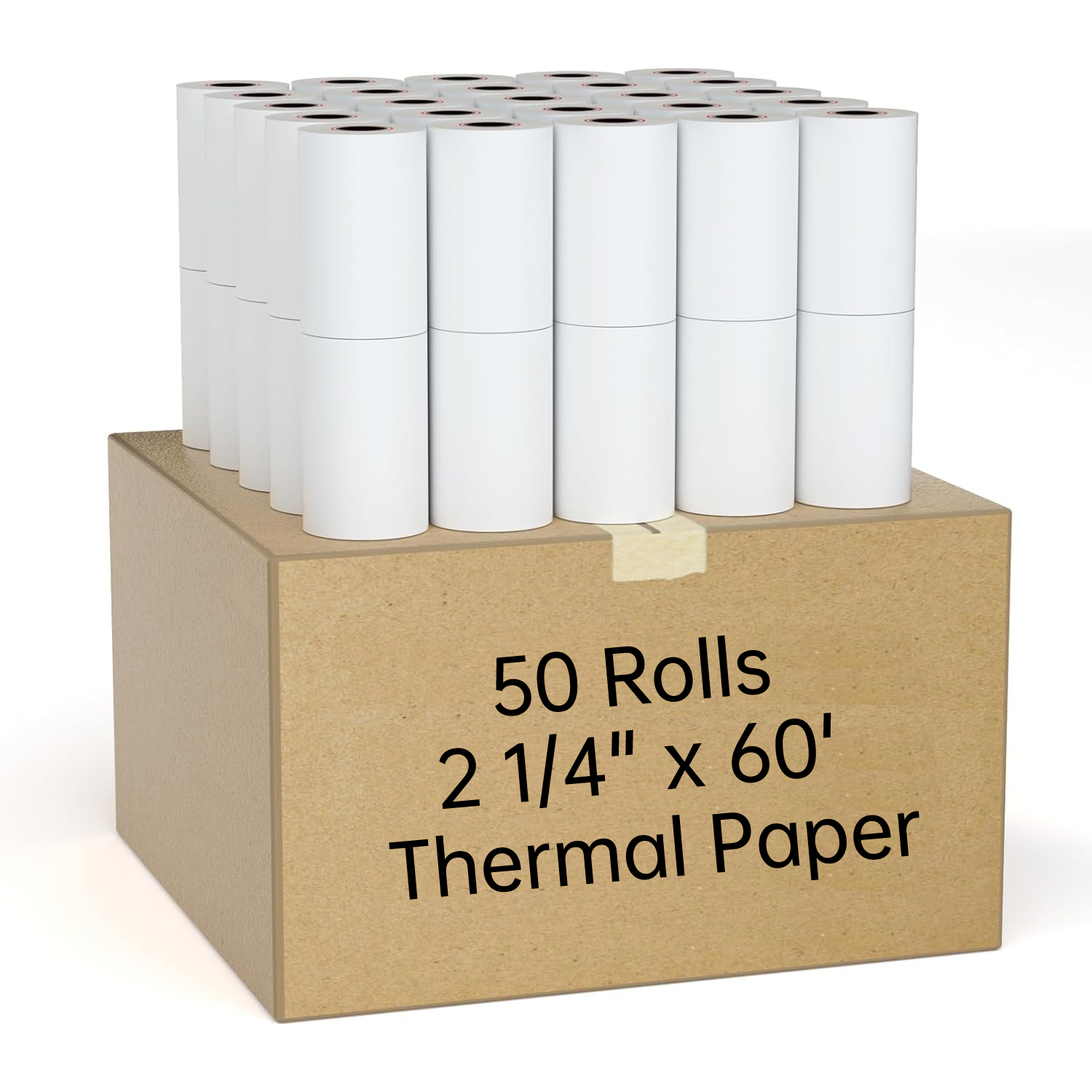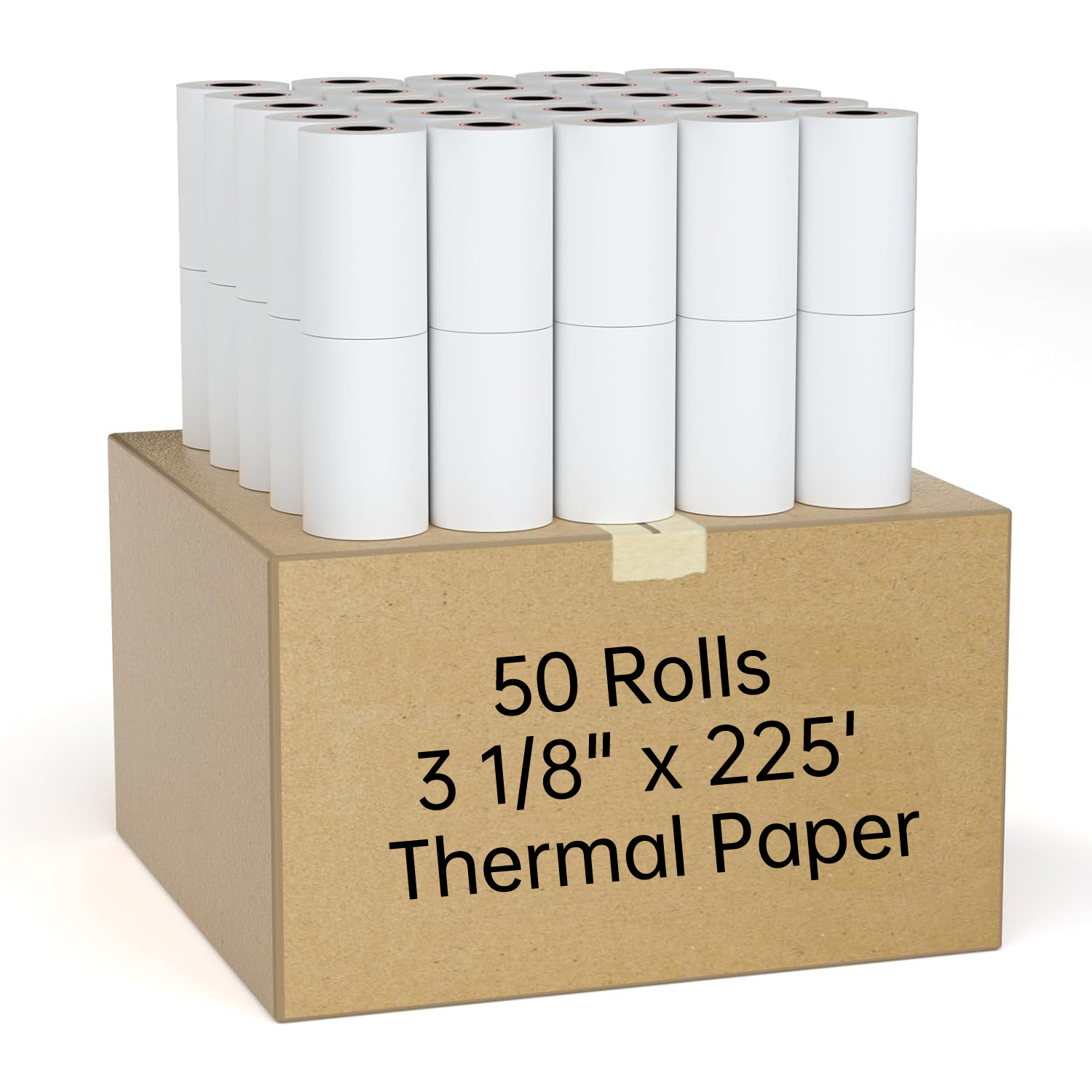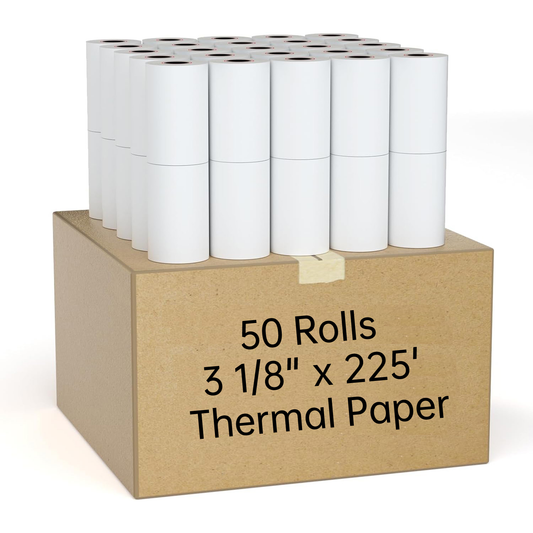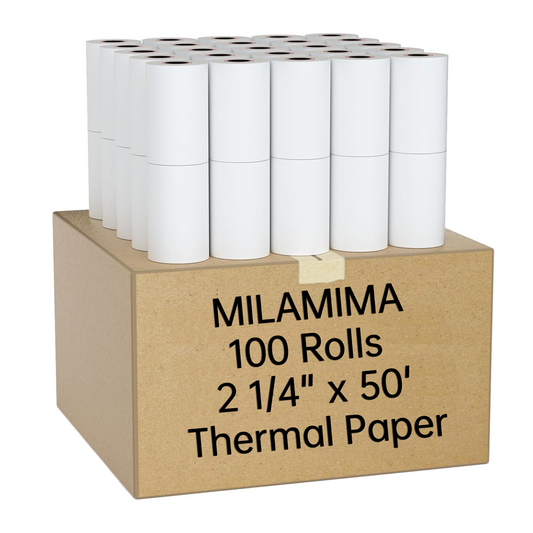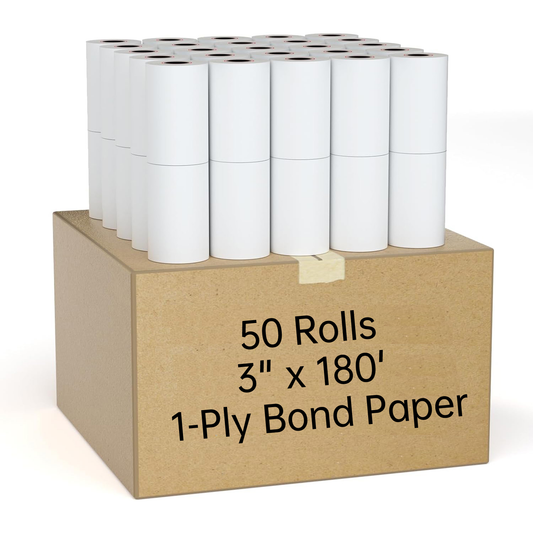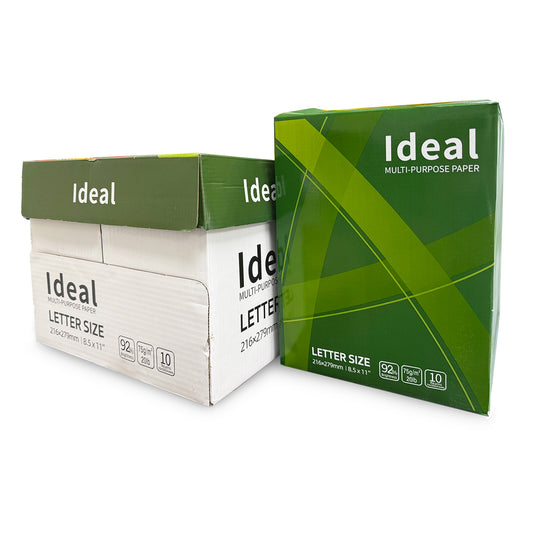Why Do Cash Registers Use Thermal Paper?
Introduction
Cash registers are a vital part of any retail business, facilitating transactions and maintaining records. But why do most cash registers use thermal paper? This article delves into the reasons behind the widespread use of thermal paper in cash registers, focusing on its efficiency, cost-effectiveness, and other benefits.
Efficiency and Speed
One of the primary reasons cash registers use thermal paper is efficiency. Thermal printers, which use heat to create images on the paper, are incredibly fast. This speed is crucial in retail environments where quick transactions are necessary to maintain customer satisfaction and reduce wait times. The absence of ink ribbons or cartridges further enhances the speed and efficiency, as there are fewer components that can malfunction or require replacement.
Cost-Effectiveness
Thermal paper is cost-effective for several reasons. First, the printers themselves are generally less expensive than their inkjet or laser counterparts. Additionally, the lack of ink or toner cartridges reduces ongoing costs. Thermal paper rolls are relatively inexpensive and easy to replace, making them a practical choice for businesses of all sizes.
Print Quality
The print quality of thermal paper is another significant advantage. Thermal printers produce sharp, clear images and text, ensuring that receipts are easily readable. This clarity is essential for maintaining accurate records and providing customers with legible receipts. High-quality thermal paper also has a longer image stability, meaning the printed information remains legible for extended periods when stored correctly.
Reliability
Thermal printers are known for their reliability. With fewer moving parts than traditional printers, they are less prone to mechanical failures. This reliability is critical in busy retail environments where downtime can lead to lost sales and frustrated customers. Additionally, thermal paper is designed to be lint-free, reducing the likelihood of printer jams and further enhancing the overall reliability of the system.
Environmental Considerations
While thermal paper has environmental drawbacks, such as the use of chemicals in its production, many manufacturers now offer BPA-free options. BPA, or bisphenol A, is a chemical commonly used in thermal paper that has raised health concerns. BPA-free thermal paper provides a safer alternative for both employees handling the receipts and customers receiving them.
Versatility
Thermal paper is versatile and can be used in various types of printers and applications beyond cash registers, including ATM machines, gas stations, and POS systems. This versatility makes it a convenient option for businesses with diverse printing needs. Furthermore, many thermal papers come with features like end-of-roll warnings and the ability to print advertisements on the back, adding additional functionality and value.
Conclusion
In conclusion, the use of thermal paper in cash registers is driven by its efficiency, cost-effectiveness, print quality, reliability, environmental considerations, and versatility. These benefits make thermal paper an ideal choice for businesses looking to streamline their transaction processes and provide high-quality service to their customers. By understanding the advantages of thermal paper, businesses can make informed decisions about their printing needs and ensure they are using the most suitable materials for their operations.


